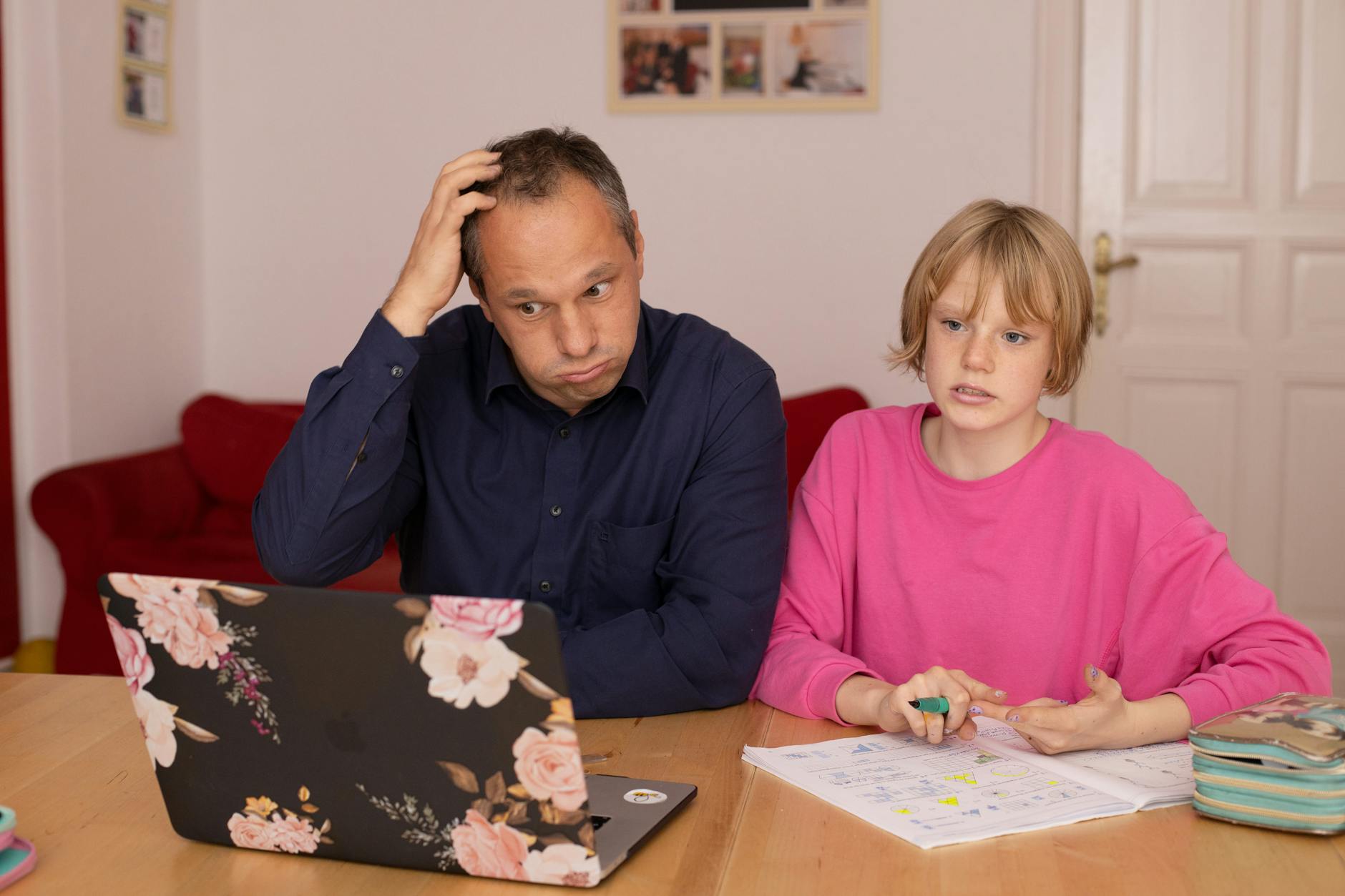In today’s digital age, children are growing up surrounded by technology, accessing various online platforms and content on a daily basis. While the internet offers a wealth of information and entertainment, it also poses risks that can be harmful to young users. As a parent, it is essential to monitor and manage your kids’ online activity to ensure their safety and well-being. Parental controls are valuable tools that can help you in this endeavor, providing you with peace of mind while allowing your children to explore the digital world securely.
Understanding the Importance of Parental Controls
Parental controls encompass a range of features and tools that enable parents to regulate their children’s usage of smartphones, tablets, computers, and other connected devices. These controls offer various functionalities, such as limiting screen time, blocking inappropriate content, monitoring online interactions, and tracking location. By utilizing parental control software or built-in settings on devices, parents can enforce rules and establish boundaries that align with their family values and concerns.
Setting Up Parental Controls on Devices
Most devices and platforms today come equipped with built-in parental control options that can be customized to suit your specific requirements. For instance, on iOS devices, parents can utilize Screen Time settings to manage app usage, screen time limits, and content restrictions. Similarly, Android devices offer features like Google Family Link for monitoring and controlling kids’ online activities. Computers also provide parental control tools that enable restrictions on websites, downloads, and application usage.
The Role of Parental Controls in Online Safety
One of the primary benefits of parental controls is enhancing online safety for children. By blocking access to inappropriate websites, content, and apps, parents can safeguard their kids from exposure to explicit or harmful material. Moreover, monitoring features allow parents to track their children’s online interactions, detect potential risks like cyberbullying or predatory behavior, and intervene when necessary. Location tracking features also enable parents to ensure their children’s physical safety by knowing their whereabouts.
Promoting Healthy Screen Time Habits
Parental controls help in promoting healthy screen time habits by allowing parents to set limits on the amount of time their kids spend on devices. Excessive screen time can have adverse effects on children’s physical health, mental well-being, and overall development. By using parental control features to enforce screen time restrictions, parents can encourage their children to engage in other activities, such as outdoor play, reading, or social interactions, leading to a more balanced and fulfilling lifestyle.
Empowering Parents and Fostering Communication
Parental controls play a crucial role in empowering parents to actively engage with their children regarding online behavior and digital literacy. By using parental control tools as a means to initiate discussions about internet safety, privacy, and responsible online conduct, parents can educate their kids on navigating the digital landscape wisely. These conversations help build trust, open communication channels, and strengthen the parent-child relationship, fostering a supportive and secure online environment for children.
Conclusion
In conclusion, parental controls serve as invaluable resources for parents seeking to monitor and manage their kids’ online activity effectively. By utilizing these tools, parents can protect their children from online risks, promote healthy screen time habits, and initiate conversations about digital safety. As technology continues to evolve, staying informed about parental control options and implementing them proactively is essential in ensuring a safe and enriching online experience for children. Remember, parental controls are not about restricting children’s freedom but about guiding and supporting them in navigating the digital world responsibly.



